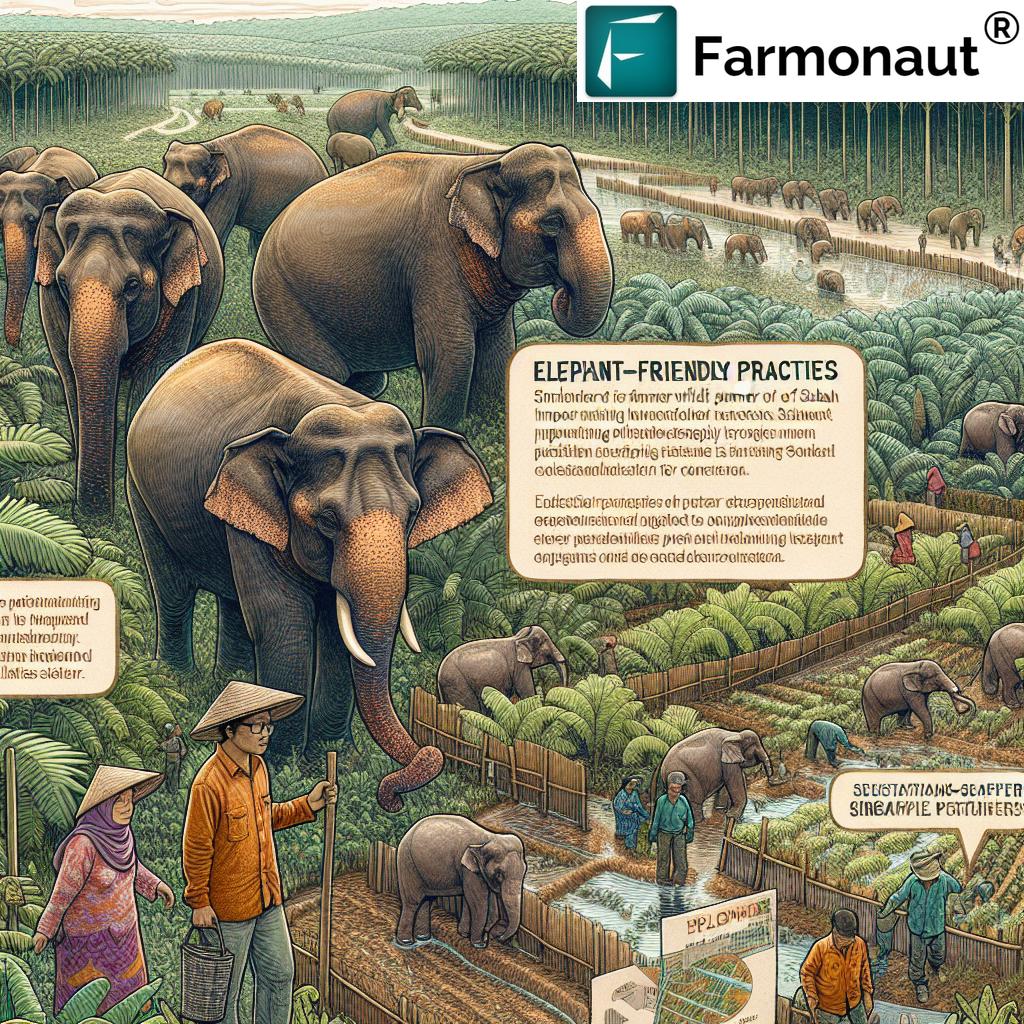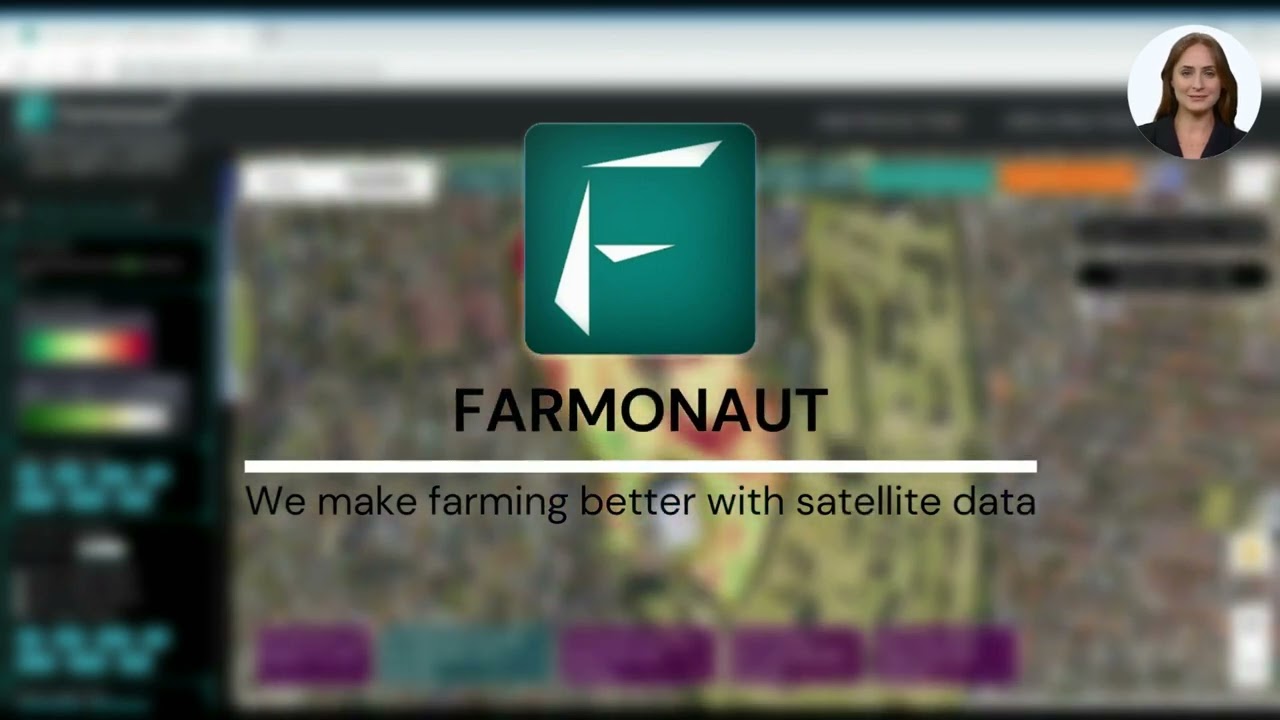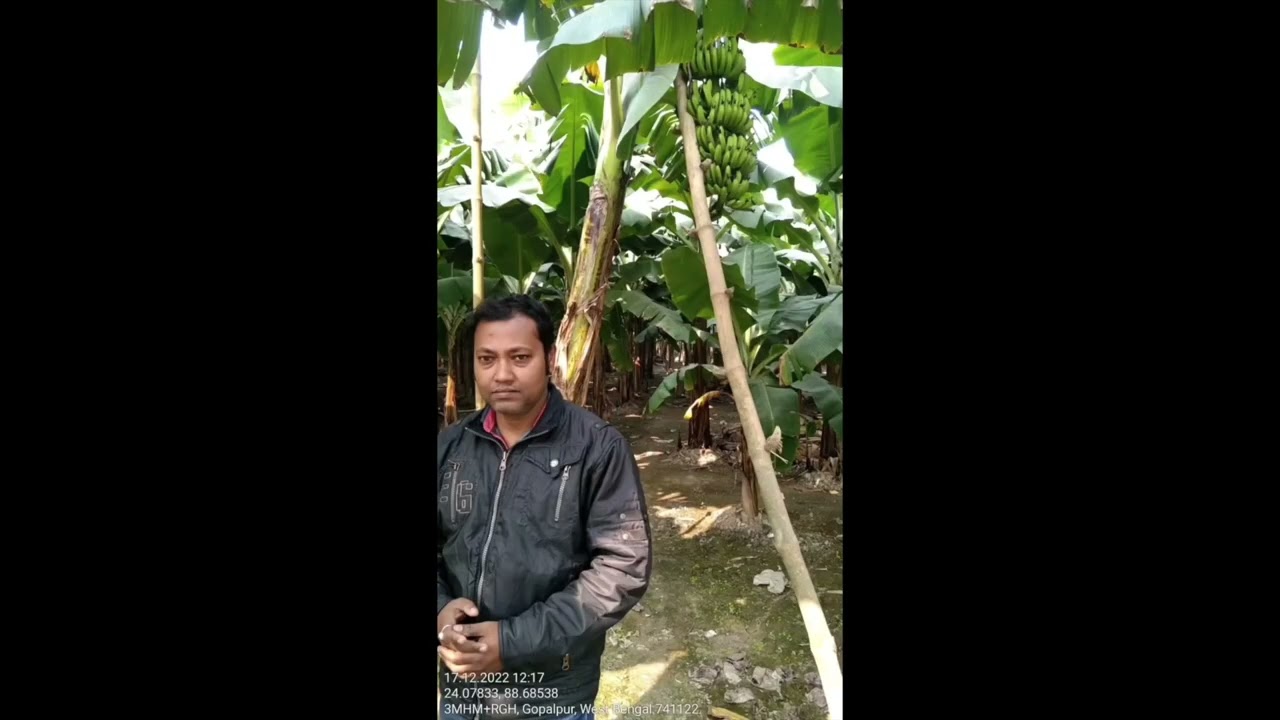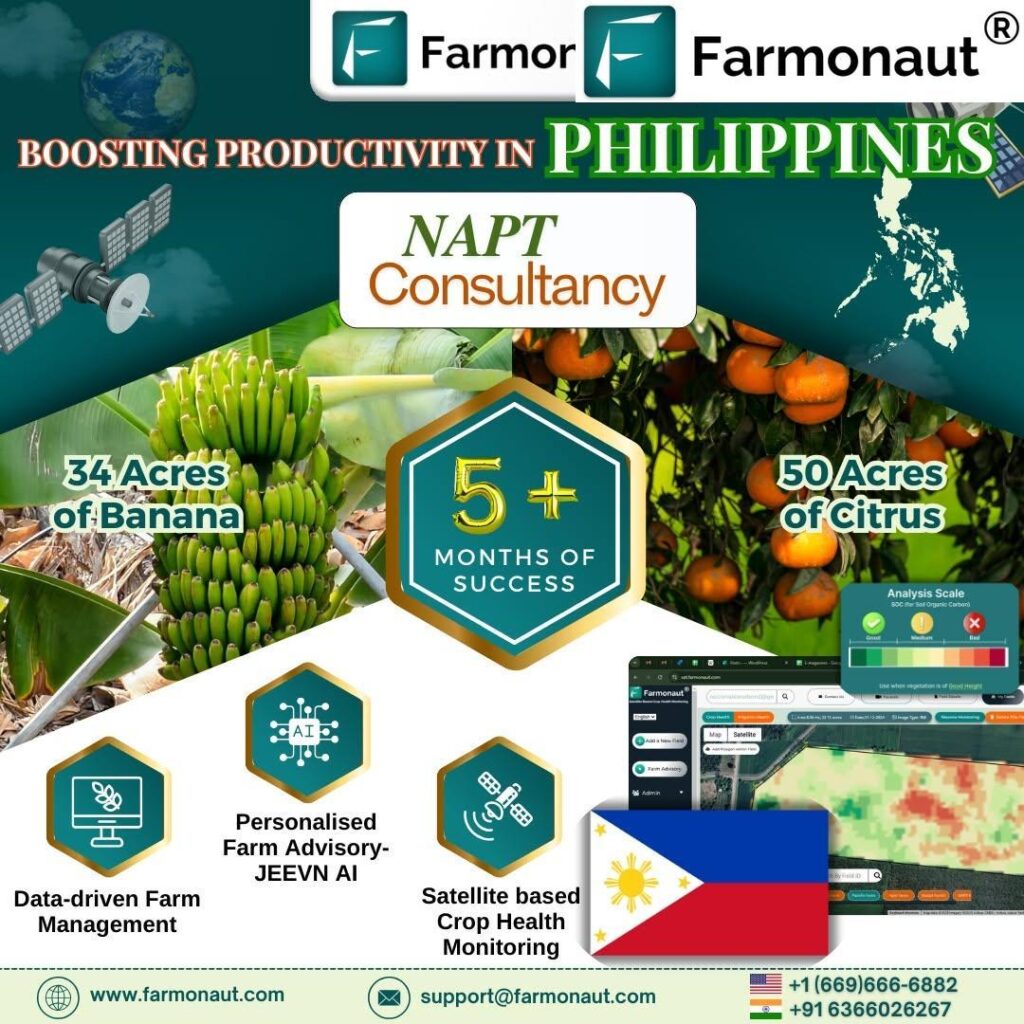Bornean Elephant Conservation: 5 Powerful Ways Sabah Protects Wildlife
“Sabah’s elephant population is under 1,500, making conservation vital for this endangered species’ survival.”
Location: London, April 30 — As global attention turns to the critical challenge of Bornean elephant conservation, we explore five powerful strategies emerging from Sabah, Malaysia. The vital east coast of Sabah on Borneo Island is home to the world’s smallest, uniquely gentle, and genetically distinct Bornean elephants. These endangered elephants—fewer than 1,000 left in the wild—face dramatic habitat loss, rapid forest fragmentation, and persistent human-elephant conflict, particularly as palm oil plantations expand.
The urgency of our mission is highlighted by the 2025 Whitley Award given to Dr. Farina Othman, an elephant biologist and the founder/director of Seratu Aatai, Sabah’s only non-profit dedicated uniquely to this subspecies. By addressing the intersection of conservation, sustainable palm oil farming, and community support, her project in Lower Kinabatangan is pioneering elephant-friendly approaches, coexistence plans, and the creation of a protected corridor network—solutions that also preserve delicate ecosystems for orangutans, clouded leopards, and many more wildlife species.
In this comprehensive guide, we’ll explore how Sabah’s communities, science leaders, and local stakeholders are partnering on habitat connectivity for elephants, sustainable development, and biodiversity protection. Dive in to see how London, Malaysia, and the Whitley Fund for Nature (WFN) are shaping hope for Borneo’s elephants, and how cutting-edge technology like Farmonaut’s agri-platform is empowering sustainable choices for both smallholders and large estates.
Table of Contents
- Bornean Elephant Conservation: Why Is It So Urgent?
- Wildlife Habitat Loss in Malaysia: The Core Challenge
- 5 Powerful Ways Sabah Secures Endangered Elephants and Wildlife
- How Elephant-Friendly Farming Promotes Coexistence
- Technology and Data: Farmonaut’s Contribution to Sustainable Practices
- Comparative Action-Impact Table: Conservation Strategies at a Glance
- How You Can Support Conservation and Sustainable Agriculture
- FAQ: Bornean Elephant Conservation in Sabah
Bornean Elephant Conservation: Why Is It So Urgent?
The focus keyword—Bornean elephant conservation—captures the urgency we all face. The Bornean elephant (Elephas maximus borneensis) lives almost entirely within Sabah State, Malaysia, and is recognized as a unique, endangered subspecies of the Asian elephant.
According to IUCN Red List (2023), Bornean elephants have lost over 60 percent of their forest habitat in the past 40 years due to logging, palm oil cultivation, and fragmentation. This shrinkage has split once-continuous forests into patches, restricting elephant movement and intensifying human-elephant conflict Sabah-wide.
With fewer than 1,000 wild Bornean elephants left, concentrated in three isolated population ranges across Sabah’s east, center, and south, extinction risk is imminent. Their endangered status is a call to action for communities, companies, and leaders globally.
Wildlife Habitat Loss in Malaysia: The Core Challenge
The Lower Kinabatangan floodplain, shaped by the mighty Kinabatangan River on Borneo’s east coast, is an epicenter in this story. This region, known as a biodiversity hotspot and eco-tourism destination, has seen much of its original forests transformed into large palm oil estates and smallholder farms.
This conversion drives the core conservation challenge: How do we secure habitat connectivity for elephants and other wildlife, while supporting local economic growth?
- Palm oil plantations cover huge tracts of what was once elephant range, with eleven large companies controlling 40% of Lower Kinabatangan’s land.
- About 150 independent palm oil smallholders share this landscape, many with less than 100 acres each.
- Forest corridors and fragmented habitat force elephants into close proximity with humans—frequently damaging crops, creating stress for farmers, and intensifying retaliatory risks for elephants themselves.
Conflict isn’t a local issue alone. Human-elephant conflict Sabah is recognized as a global problem—driven by intersecting pressures of climate change, unsustainable development, and agricultural expansion.
By nurturing coexistence and protecting wildlife, Sabah shows us a path forward. But it’s a race against time.
“Over 60% of Sabah’s land is forested, supporting sustainable palm oil and crucial elephant habitats.”
5 Powerful Ways Sabah Secures Endangered Elephants and Wildlife
We now explore the five strategies at the heart of Bornean elephant conservation—showcasing solutions led by Dr. Farina Othman, Seratu Aatai, and supportive networks of local communities, plantations, and policymakers. Each strategy is an essential gear in the machinery of long-term, elephant-friendly farming and ecosystem restoration.
1. Building a Protected Corridor Network for Habitat Connectivity
Sabah’s answer to rampant fragmentation is the creation of a “protected corridor network” across Lower Kinabatangan—a plan to reconnect isolated patches of forest habitat so elephants (and other wildlife) can travel freely and safely. This Kinabatangan wildlife corridor is crucial for:
- Reducing conflict: Well-placed corridors steer elephants away from vulnerable crops.
- Securing gene flow: Reconnected herds boost population ranges and prevent inbreeding.
- Supporting biodiversity: Orangutans, sun bears, clouded leopards and dozens of other species depend on these passageways.
- Facilitating adaptation to climate change.
The proposed Kinabatangan Biosphere Reserve and current conservation plans incorporate strategic use of fencing, forested bridges, and community monitoring. Large plantations and smallholders participate, ensuring both large-scale coverage and local habitat stewardship. Monitoring is enhanced by real-time sightings and citizen science data-sharing on elephant movements.
2. Elephant Friendly Farming: Balancing Agriculture and Conservation
The heart of “elephant friendly farming” is coexistence; this approach enables farmers and communities to share landscapes with elephants while minimizing losses for both. In practice, this includes:
- Agro-ecological buffer zones: Planting less appetizing crops like bamboo or citrus around field edges to deter elephants.
- Selective fencing and wildlife corridors: Using designs that allow wildlife to cross safely in identified areas.
- Eco-friendly fertilization and pest management: Adopting techniques that reduce reliance on hazardous chemicals, benefiting soil, water, and wildlife.
- Best practices in palm oil sustainable practices: Training in methods that improve yields and reduce landscape impacts.
By engaging both independent smallholders and large plantations, elephant friendly farming is accelerating the transition to sustainable palm oil and fostering a sense of responsibility for the future of all wildlife.
3. Community-Based Conservation Malaysia: Empowering Local Stakeholders
Conservation is strongest when rooted in the local communities most affected. This is the driving force behind community-based conservation Malaysia. In the Lower Kinabatangan region, local people become:
- Honorary Wildlife Wardens: Individuals are empowered under Sabah Wildlife Enactment 1997 to enforce laws, mediate conflicts and monitor wildlife.
- Citizen scientists: Plantation staff and community volunteers document elephant movements and contribute data used by conservation planners and government agencies.
- Educators: Trained wardens teach students in plantation schools about safe interactions with elephants and conflict mitigation strategies.
- Influencers: Community members advocate for coexistence and motivate adoption of “elephant friendly” approaches among peers.
This approach ties knowledge, action, and cultural identity together: ensuring the future of endangered elephants Borneo-wide while safeguarding vital ecosystem services for humans.
4. Science-Driven Monitoring and Adaptive Management
Science and data guide the Bornean elephant conservation project at every step. Key elements include:
- Plantation-based monitoring: Engaging companies and smallholders to record and track elephant populations on their land.
- Herd mapping and identification: Training stakeholders on how to recognize individual elephants and note herd dynamics, using digital tools and photographic evidence.
- Evidence-based intervention design: Using monitoring data to adapt fencing, corridors, and agricultural practices for maximum benefit.
- Collaboration with Sabah Wildlife Department: Data is shared for strategic policy and protection planning.
The inclusion of local observers as “citizen scientists” not only enriches data quality, but also fosters genuine ownership and faster response to emerging challenges—crucial for a landscape in flux.
5. Standard Operating Procedures and Legal Frameworks for Wildlife Protection
Protection gains power through structure. The Bornean elephant conservation project is setting guidelines for best practices and SOPs tailored for palm oil companies and smallholders. This includes:
- Clear rules for habitat connectivity: Mandating protected corridors between estates and farms.
- Fencing standards: Designing barriers that reduce damaging incursions while maintaining safe wildlife passage.
- Legal empowerment: Training locals as honorary wardens under Sabah laws.
- Ongoing compliance monitoring: Creating a culture of accountability and transparency through regular review and adaptation.
This legal backbone ensures conservation efforts endure even as leadership or land ownership changes—a model lauded by the Whitley Fund for Nature (WFN) and recognized at prestigious international events, including this year’s ceremony in London.
How Elephant Friendly Farming Promotes Coexistence
Let’s zoom in on the heart of the lower Kinabatangan—where elephant friendly farming isn’t just a buzzword, but a lifeline for both people and nature. It’s here that palm oil sustainable practices and wildlife-friendly agriculture are shaping new norms:
-
Community Engagement & Training:
- Plantations and smallholders join hands in training sessions on habitat connectivity, crop choice, and eco-friendly inputs.
- Students in plantation schools learn about Bornean elephant conservation, reducing fear and building a new generation of wildlife stewards.
-
Sustainable Farm Management:
- Adoption of carbon footprinting for palm oil and other crops, measuring emissions and enabling informed resource management.
- Soil health and moisture monitoring via technology helps optimize irrigation, reducing waste and increasing resilience against climate change.
-
Traceability & Transparency:
- Blockchain-based traceability solutions ensure sustainable practices can be traced—improving market confidence and compliance with eco-certifications for palm oil supply chains.
-
Conflict Prevention & Mitigation:
- Strategic use of fencing, safe passageways, and wildlife monitoring prevent costly crop losses and reduce the need for lethal deterrents.
- Satellite-based monitoring supports early warning of elephant movements, further reducing direct risks to both animals and people.
The impact? Lowered conflict, higher yields, and broad community buy-in.
Technology and Data: Farmonaut’s Contribution to Sustainable Practices
Applying the best science-driven solutions is essential for Bornean elephant conservation—but so is equipping farmers of all scales with accessible and actionable insights. This is where Farmonaut supports agricultural transformation, maximizing our capacity to protect both crops and wildlife. Here’s how:
Satellite-Based Crop Health Monitoring
Farmonaut provides users with real-time satellite imagery for monitoring crop health, soil moisture, and vegetation indices like NDVI (Normalized Difference Vegetation Index). By integrating these technologies, farmers make data-driven decisions about fertilizer use, irrigation, and harvest timing—optimizing resources and reducing chemical runoff into protected habitats.
Jeevn AI Advisory System
Our Jeevn AI tool delivers personalized, scientific farm recommendations in real time. By analyzing satellite data, local inputs, and weather forecasts, this advisory platform helps both smallholders and estate managers adopt (and sustain) palm oil sustainable practices—from pest management to climate adaptation.
Blockchain-Based Product Traceability
Transparency is pivotal in sustainable palm oil and other crops. With Farmonaut’s traceability solution, each stage of the agricultural supply chain is securely recorded on blockchain—ensuring origin and production methods can be verified by anyone, anywhere. This builds trust, guarantees compliance, and empowers global buyers to support wildlife-friendly farms.
Carbon Footprinting for Sustainable Compliance
Quantifying and reducing carbon emissions is critical for environmentally-sensitive areas such as the Kinabatangan. The Farmonaut Carbon Footprinting module provides live emissions data, enabling farms and companies to align with global sustainability certifications and demonstrate environment-positive credentials in palm oil supply chains.
Learn more about Farmonaut’s Carbon Footprinting.
Fleet and Resource Management — For Large Plantations
Efficient logistics and resource use are critical for large plantations with vast operational footprints. Farmonaut’s Fleet Management tools help oversee vehicle and machinery use, reduce costs, and boost operational sustainability—all while minimizing unintentional impacts on adjacent protected corridors or wildlife habitats.
Flexible Access and API Integration
Our platform is accessible via:
- Android and iOS mobile apps
- Browser/web application
- API integration for developers and businesses – see details at Farmonaut API and API Developer Docs
Discover Farmonaut’s scalable solutions for large scale farm management, and how you can monitor crops, optimize resources, and reduce your environmental footprint, no matter your operation size.
Cost-Effective Precision Agriculture
Farmonaut offers affordable, real-time crop monitoring and farm management without the need for expensive hardware—democratizing access to precision agriculture and strengthening the foundation of sustainable development in Malaysia, and globally.
Flexible Subscription Model
Farmonaut offers affordable, scalable subscription plans for everyone, from single smallholders to large agri-businesses and government agencies. Our services can be easily integrated and expanded as your needs grow—whether you are managing several hectares or monitoring an entire estate network.
Comparative Action-Impact Table: Conservation Strategies at a Glance
Here’s a summary of the five key Bornean elephant conservation strategies from Sabah, showing scale, benefit, and impact on other keystone species:
| Conservation Action | Estimated Coverage/Scale | Estimated Number of Elephants Benefitted | Key Wildlife Protected |
|---|---|---|---|
| Protected Corridor Network for Habitat Connectivity (Kinabatangan Wildlife Corridor) | Spanning 25,000+ hectares including estates, smallholdings, and forest reserves | ~700–900 (entire lower Kinabatangan population range) | Orangutans, sun bears, Sunda clouded leopards, leopard cats, proboscis monkeys |
| Elephant Friendly Farming & Palm Oil Sustainable Practices | Implemented by 150+ independent smallholders & 11 large companies | ~600–800 (in positions of frequent crop interface) | Forest birds, pollinators, small mammals, aquatic species (indirectly via chemical reduction) |
| Community-Based Conservation / Honorary Wildlife Wardens | >25 villages, 10+ plantation schools, 200+ honorary wardens trained | ~800+ (all community-adjacent populations) | All regional wildlife (via improved law enforcement & mitigation) |
| Science-Driven Monitoring & Citizen Science | Implemented across multiple estates, smallholders, and protected areas | Entire Bornean elephant population within monitoring area | Orangutans, macaques, other migratory mammals |
| Best Practices & SOPs for Legal Protection (Habitat/Fencing/Compliance) | Applies to all plantations in Lower Kinabatangan Network | Full population (guidelines ensure long-term viability) | All corridor fauna, including threatened amphibians and reptiles |
How You Can Support Conservation and Sustainable Agriculture
Together, we can build a future where Bornean elephants and Sabah’s communities thrive side by side. Here are actionable steps every reader can take:
- Support brands that prioritize sustainable palm oil and transparent traceability in their supply chains
- Advocate for habitat connectivity and the protection of remaining wildlife corridors—locally and globally
- Engage on issues like human-elephant conflict Sabah by educating yourself and sharing science-supported information
- Encourage adoption of technology, such as Farmonaut, to enable data-driven decisions for conservation-aligned agriculture
- Share this article and related resources to extend awareness of Bornean elephant conservation
Want to experience firsthand how technology can support wildlife protection and sustainable farming? Try our platform via:
FAQ: Bornean Elephant Conservation in Sabah
Q1. What makes the Bornean elephant unique among Asian elephants?
Bornean elephants are the world’s smallest subspecies of Asian elephants, genetically distinct from other populations. Males may reach up to 4 meters in height. They are only found in Sabah, Malaysia, and parts of northern Kalimantan. Their gentle, less aggressive nature sets them apart.
Q2. Why is elephant conservation in Sabah so urgent?
Habitat loss has reduced Bornean elephant numbers to under 1,000. Their ranges are fragmented by logging and palm oil cultivation, cutting off corridors critical for migration and splitting family groups. This not only threatens their survival but also puts enormous pressure on local wild habitats and communities.
Q3. What is human-elephant conflict Sabah, and how is it being addressed?
“Human-elephant conflict Sabah” refers to instances where elephants damage crops or property, often resulting in retaliatory killings or translocations. Conservation projects are addressing this by creating protected wildlife corridors, implementing elephant friendly farming, and training communities on safe conflict mitigation.
Q4. How can technology like Farmonaut help in wildlife conservation?
Farmonaut provides advanced satellite-based farm management tools that help farmers optimize resource use, reduce environmental impact, and monitor crops for early warnings of animal movement. These tools support adoption of palm oil sustainable practices and improved co-existence with wildlife in sensitive habitats.
Q5. What role do smallholders and large companies play in Bornean elephant conservation?
Both independent smallholders (<100-acre farms) and large palm oil estates (40% of Lower Kinabatangan land) are vital. By adopting best practices, transparent traceability, and joining the protected corridor network, they help secure essential elephant habitats while supporting livelihoods and Sabah’s economy.
Q6. How can the public contribute to Bornean elephant conservation?
Make informed choices by supporting products with traceable, sustainable palm oil; share accurate resources about Sabah wildlife; engage with conservation non-profits; and advocate for policies that preserve habitat connectivity in Malaysia and across Borneo.
Summary: Conservation, Technology, and a Hopeful Future for Sabah’s Elephants
Bornean elephant conservation is at a pivotal crossroads in Sabah, Malaysia. Through five powerful ways—protecting corridors, promoting elephant friendly farming, empowering communities, advancing science-led monitoring, and embedding best practices—we have a real opportunity to safeguard not only the world’s smallest (and rarest) elephants but the entire vibrancy of Sabah’s wildlife habitats.
Initiatives recognized by the Whitley Fund for Nature (WFN) in London and implemented across the Lower Kinabatangan floodplain are models for addressing wildlife habitat loss Malaysia. These strategies underscore the practical role of both smallholders and large estate companies in forging a sustainable, prosperous, and wildlife-rich future.
Innovations like Farmonaut‘s affordable, satellite-based farm management solutions equip individual farmers, agribusinesses, and even policymakers with the insights necessary to harmonize agricultural development and species protection—without acting as a marketplace, regulatory body, or seller of farm products.
As Southeast Asia’s ecosystems adapt to new pressures, only community-led, data-driven, and globally informed approaches will deliver on the promise of coexistence. Sabah’s leading lights show that hope, resilience, and innovation can reclaim a future for Borneo’s most iconic wildlife.
Explore Farmonaut’s precision solutions for your agricultural needs with our
crop plantation and forest advisory app
or access the Farmonaut Satellite & Weather Data API for customized integrations.
Bornean elephant conservation is our collective future—join us in protecting Sabah’s wildlife and promoting sustainable agriculture.






















